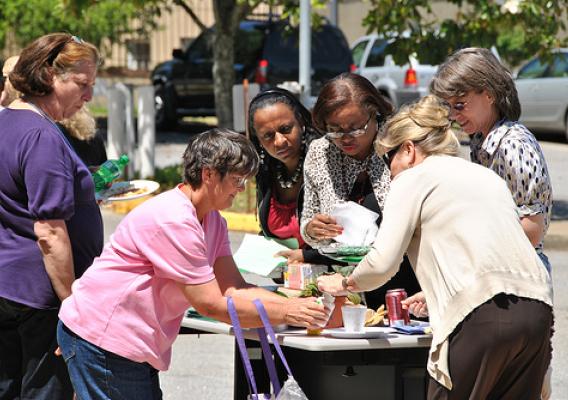USDA staff in Missouri joined Governor Jay Nixon on May 10 and May 11, 2011, at five Flood Recovery Resource Meetings to an estimated 600 people in Southeast Missouri. The meetings were held in the cities of Poplar Bluff, Sikeston, Charleston, New Madrid and Caruthersville which are located in the counties devastated by the recent flooding along the Black, Current, Mississippi and St. Francis Rivers, the cresting of Lakes Clearwater and Wappapello and the removal of the Birds Point Mississippi River Levee Plug.
The meetings were sponsored by Governor Nixon in an effort to respond to the needs of individuals, families and businesses affected by the flooding. The National Guard and the Highway Patrol started each meeting began with an update on the flooding situation. Representatives of state and federal agencies were introduced and attendees encouraged visiting informational booths concerning specific issues and learning of resources available.










